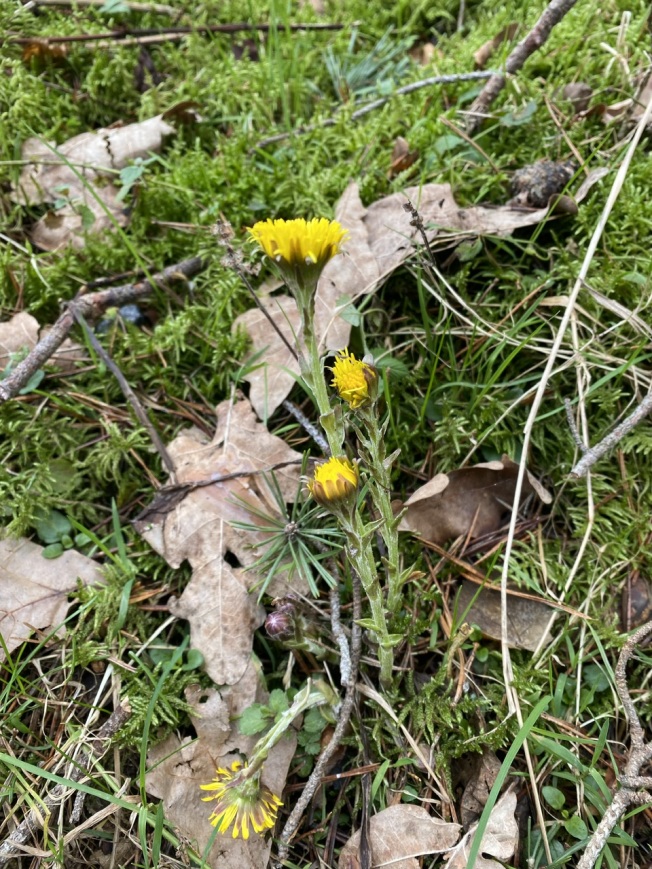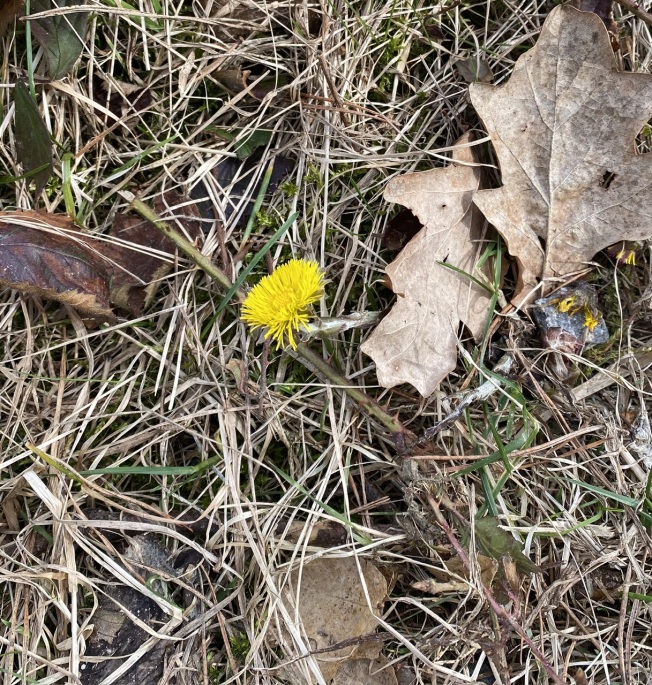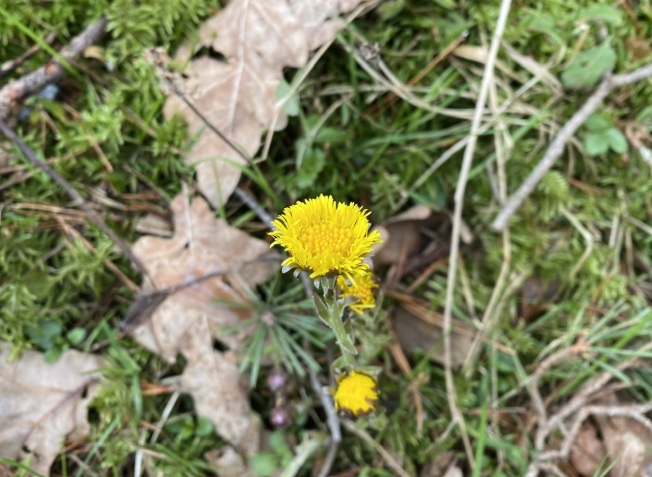I am resuming my weekly posts about wild flowers and ‘weeds’ – ‘Wild and Weedy Wednesday’ – that I started last year. I thought I would run out of plants last summer, after several months of posts, but found I was making lists of flowers to include this year! Anyway, if anyone wishes to join in with me and look at some of the wild flowers (or are they weeds?!) growing in our gardens, please do!
Last summer we did not mow the vast majority of our meadows at all, and have thus already noticed a difference in the wildflowers we are seeing. Today’s flower is a good example – we don’t recall having seen it here at all in 2023; Saxifraga granulata, or meadow saxifrage.
The creamy white flowers with striking yellow stamens have been bobbing around in the wind for over a week now, standing out on their dark stems at a height of around 40 cm. The flowers are perhaps 2 cm in diameter and have a kind of ‘vintage’ look to them.
They are found on hillsides of sandy dry grassland, where the soil is poor in nutrients and slightly acidic. I am very happy this native plant has made its way to our plot, as it is on the red list of endangered plants in Bavaria.
I wonder if you have ever seen this flower? Do share if it seems familiar, as I have no idea how widespread or rare it actually is.
Have a great Wednesday!


























































